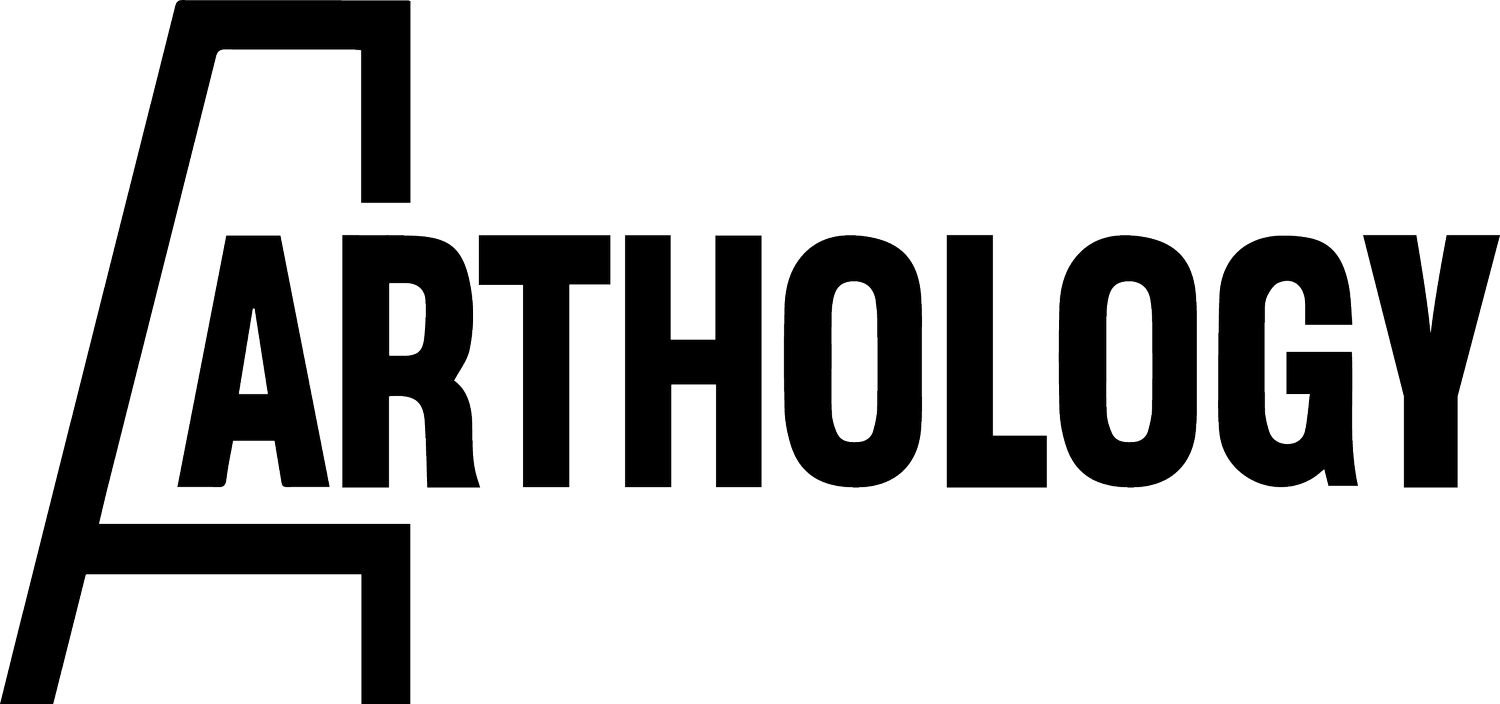Curating Emotion at the Threshold
In a gallery tucked away in West London, visitors did not step into a traditional exhibition space, but rather into a moment about to happen. There was a palpable sense of anticipation in the air—something unnamed, just out of reach. A performer stood quietly in the corner. Fragments of light drifted across sculptural installations. In the distance, the fragmented pulse of a sound piece echoed intermittently. This exhibition felt like the construction of a threshold—an immersive space of premonition, hesitation, and transformation. Behind this carefully orchestrated ambiguity was curator Yanru Hu. What she curated was not merely a display of artworks, but an emotional experience in space—an architecture of psychological states on the verge of articulation.
Yanru Hu’s curatorial vision consistently leans toward interdisciplinary intersections, and in Threshold of Sentience, this approach reached new depths. Presented in early 2025, the exhibition fused installation, live performance, and participatory workshops. It centred on what Hu calls “threshold states of emotion”—the psychological tension that arises between certainty and change. Rather than grouping works under a fixed theme, she composed a structure attuned to temporal rhythms: across several days of programming, visitors became both witnesses and participants, gradually immersed in a continuously evolving emotional field.
This spatial intuition stems from her academic training in dance science and education. During her postgraduate research, she explored proprioception, kinesthetic feedback, and the emotional cognition activated by movement. These insights form the invisible scaffolding of her curatorial design. She continuously considers how bodies move, pause, or hesitate in space, using this to anticipate audience behaviours and emotional responses. In Threshold Intuition, she used lighting, sound, and perceptual thresholds to choreograph a subtle “sensory score”—emotional atmospheres shifted quietly from one area to another, modulating the viewer’s internal tempo without explicit instruction.
What sets Hu apart is her understanding of “emotion” as a structural curatorial component, not a by-product of content. In this sense, her exhibitions resemble musical scores—compositions of sensory elements arranged to evoke resonance. Her curatorial writing follows the same logic: poetic yet precise, suggestive rather than didactic, it leaves interpretive space for the audience.
Another key axis of the exhibition was participation. A series of workshops invited visitors to reflect on their own “threshold moments”—times of indecision, hidden desires, or latent transformation. Co-designed with artists and somatic practitioners, these workshops created a dialogic relationship with the static works, activating abstract emotional themes in embodied, concrete ways. Here, Hu didn’t just curate objects—she curated the audience’s own emotional labor.
This strategy reflects her ongoing belief that curating can be a practice of care. In an era of acceleration and emotional fatigue, she advocates slowing down, sensing attentively, and responding gently. Her exhibitions are less about broadcasting and more about listening; less about instructing, and more about inviting. They become spaces for audiences to feel, resonate, and perhaps reimagine their emotional experience.
Hu’s sensitivity to “emotional spatial structure” is no coincidence—it arises from years of exploring the intersections between the body, society, and symbolic systems. From dance theatre to documentary production, from art direction to curatorial design, she has always focused on how form can hold emotion. For her, curating wasn’t a career switch, but a spatial recalibration of expression. The precision with which she once handled time, motion, and space in choreography now finds resonance in the pacing of exhibitions.
Her bicultural experience—navigating between China and the UK—further enriches her emotional vocabulary. She often refers to the concept of a “cultural threshold zone”: a space where emotional codes from different traditions coexist or clash. Her approach merges Eastern notions of restraint and order with Western performance theories of vulnerability and expressiveness, producing a curatorial language that is both introspective and socially aware.
In an art world increasingly driven by visual spectacle and surface consumption, Hu’s practice emphasizes subtle force. Her exhibitions resist quick scanning and instead invite sustained attention and embodied engagement. She focuses on emotions often overlooked in institutional contexts: hesitation, awkwardness, hope, and ambiguity. These aren’t problems to be “solved,” but experiences to be perceived and respected.
At a time when the art world is turning toward care, slowness, and emotional sustainability, Hu offers an inspiring model. She demonstrates that curating can be an emotional technology—a structure that organizes environment, enables empathy, and sustains the present. Her exhibitions don’t just ask “What do we see?”—they ask, “What do we feel? Where do we stand in relation to our own thresholds of transformation?” As she makes clear, to curate at the threshold is to dwell with the edges: between beginnings and endings, between hesitation and decision. It is a practice of acute sensitivity—challenging, necessary, and perhaps among the most vital responses to our time.
